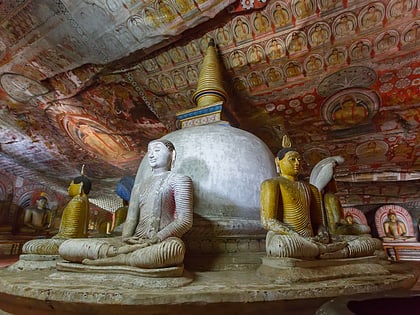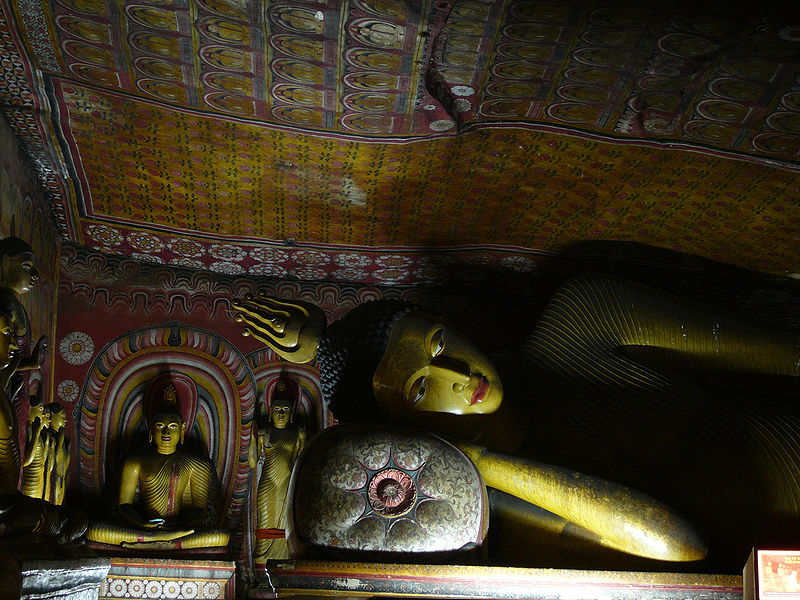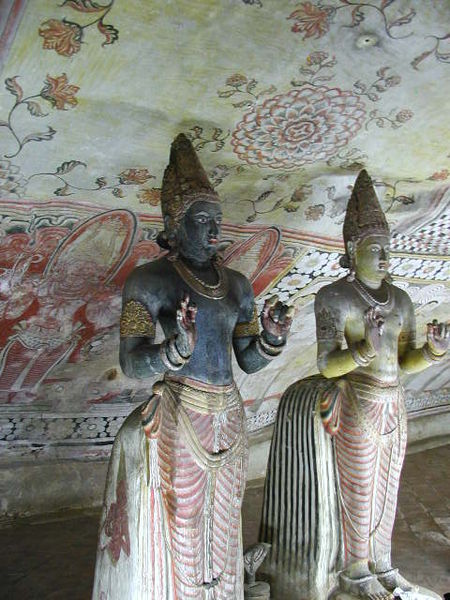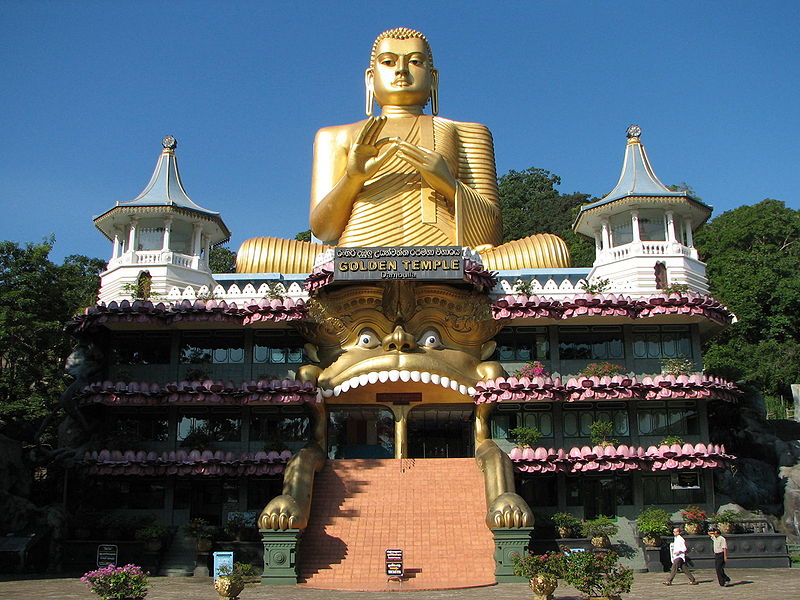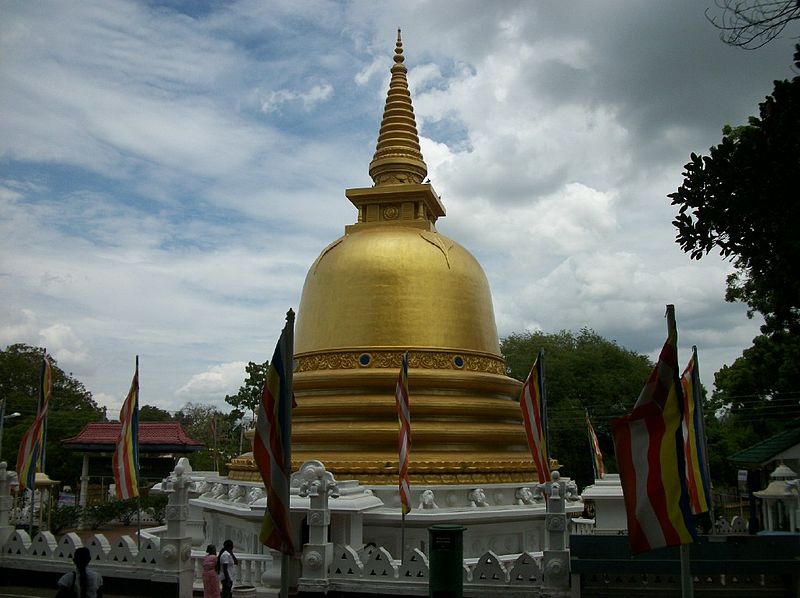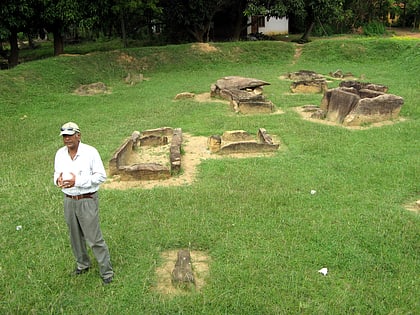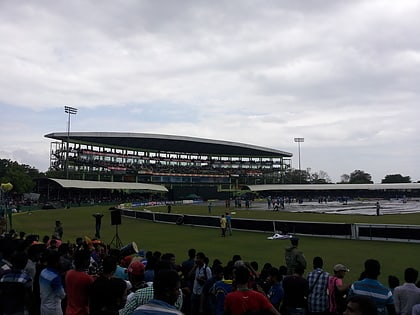Dambulla cave temple, Dambulla
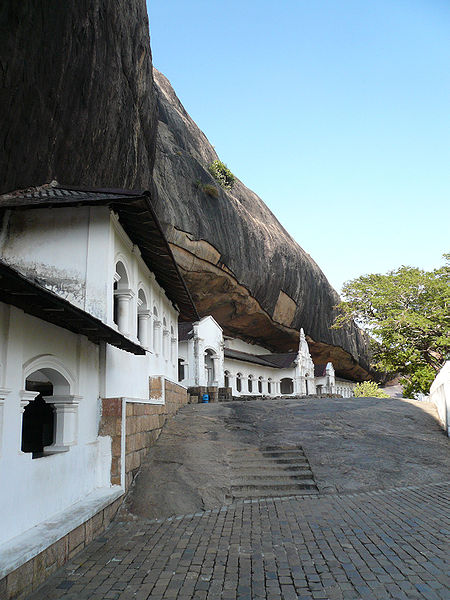
Facts and practical information
Nestled in the central region of Sri Lanka, the Dambulla cave temple stands as a magnificent testament to the island's rich religious and artistic heritage. Also known as the Golden Temple of Dambulla, this UNESCO World Heritage site has been a sacred pilgrimage spot for 22 centuries, making it the largest and best-preserved cave temple complex in Sri Lanka.
Carved into a massive granite outcrop, the temple is a network of five caves, each filled with statues and paintings related to Gautama Buddha and his life. The complex contains over 150 images of Buddha, with the largest being a colossal 14-meter-long statue, carved out of the rock and lying in repose.
The interior of the caves is adorned with intricate murals covering an expanse of 2,100 square meters, depicting Buddha's journey to enlightenment and various events in the historical timeline of Buddhism in Sri Lanka. The vivid colors and expressive artistry of these frescoes provide insight into the creative minds of ancient Sri Lankan artists.
The Dambulla cave temple's origins can be traced back to the 1st century BCE when King Valagamba took refuge in these caves during a period of exile from Anuradhapura. After reclaiming his throne, the grateful king transformed the caves into a temple complex. Over the centuries, subsequent monarchs added to and embellished the cave temples, contributing to their grandeur and sanctity.
The site is easily accessible to visitors, who must ascend a series of steps to reach the temple entrance. Once inside, the serene atmosphere and the cool interior of the caves provide a stark contrast to the tropical heat outside. The temple complex is open to tourists and pilgrims alike, offering a peaceful retreat and a glimpse into the spiritual and cultural history of Sri Lanka.
Dambulla
Dambulla cave temple – popular in the area (distance from the attraction)
Nearby attractions include: Ibbankatuwa Megalithic Tombs, Rangiri Dambulla International Stadium.
